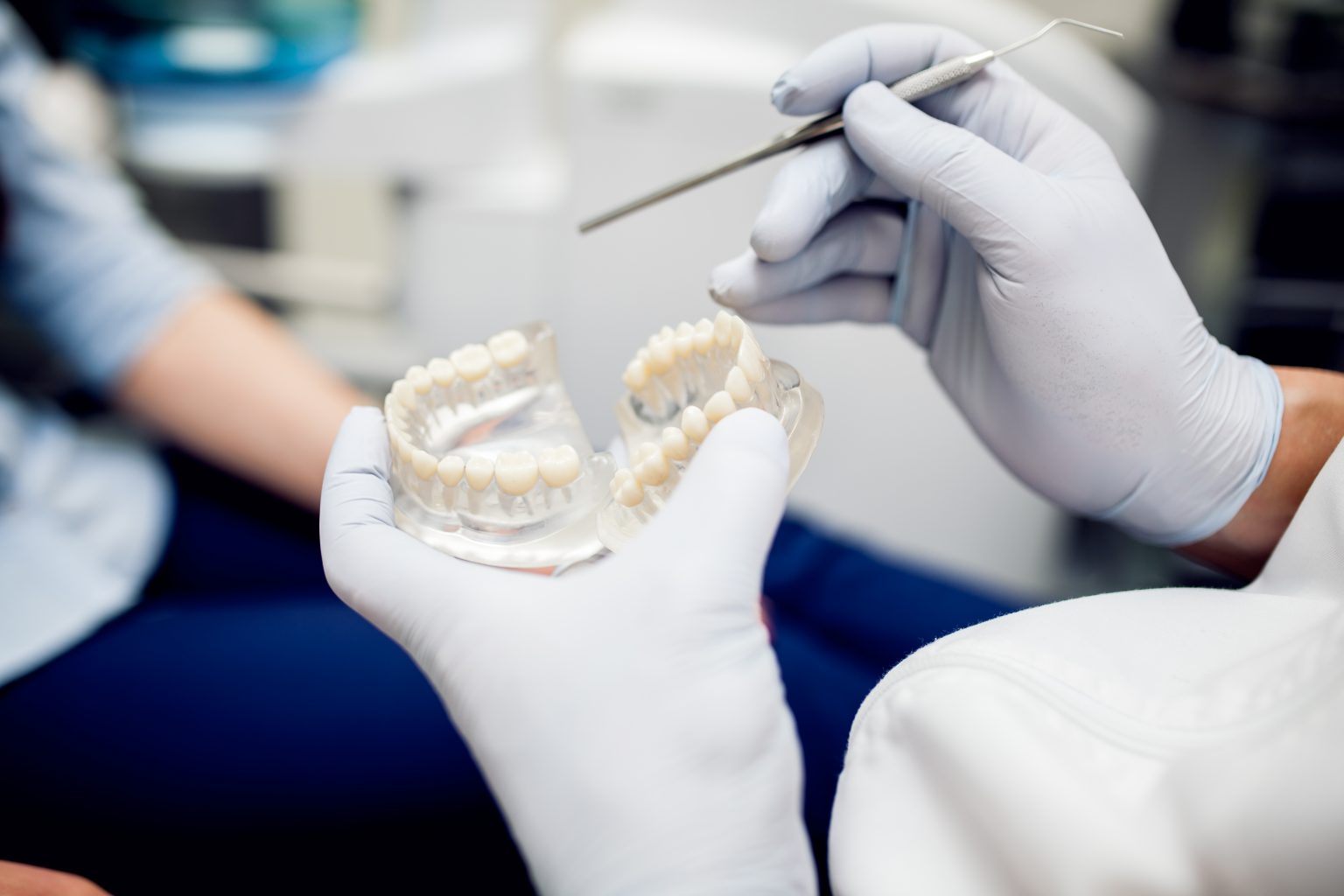Millions of individuals worldwide suffer from periodontal disease, which can lead to gum inflammation, tooth loss, and other health issues. With advancements in dental technology, there are now more effective treatments available for gum disease. Diode Laser Periodontal Therapy and Active Non-Surgical Periodontal Therapy are two noteworthy treatments. Making educated decisions about their dental care can be facilitated by patients’ understanding of these possibilities.
Diode Laser Therapy for Periodontitis
Diode Laser Periodontal Therapy is a contemporary method of treating gum disease that makes use of laser technology. Compared to conventional techniques, this minimally invasive therapy has a number of advantages.
Important characteristics:
Precision Therapy: By focusing the diode laser solely on the damaged tissue, less harm is done to the surrounding tissues. When compared to older methods, this precision causes less bleeding and discomfort.
Shorter Recovery Time: Patients frequently recover and mend more quickly. Because the laser cauterizes tissue while it operates, there is less downtime and a quicker return to regular activities.
Effective Bacterial Reduction: The diode laser’s high energy efficiently eliminates dangerous bacteria from periodontal pockets, improving oral health and lowering inflammation.
Optimal Patient Comfort: Patients who are anxious about their teeth tend to find this to be a preferable alternative because many report feeling less pain and discomfort both before and after the operation.
Advantages of Diode Laser Treatment:
Reduced Post-Operative Pain: Patients usually report reduced discomfort and edema, which helps them use less painkillers.
Increased Accuracy: The laser’s accuracy enables more focused treatments while protecting healthy tissue.
Versatility: This treatment can address a range of periodontal conditions, from mild gingivitis to more advanced gum disease.
Active Non-Surgical Treatment for Periodontitis
The goal of active non-surgical periodontal therapy is to control and treat periodontal disease without the need for surgery using non-invasive methods. The goal of this strategy is to manage the infection and support healthy gums.
Important characteristics:
Scaling and Root Planing: This process involves removing tartar and plaque by thoroughly cleaning behind the gum line. It is the mainstay of non-surgical treatment, supporting the recovery of gum health.
Antimicrobial Treatments: Applying topical antimicrobials can help the repair of the periodontal pockets by lowering the amount of germs present.
Patient Education: In order to stop the disease from progressing further, active non-surgical therapy places a strong emphasis on educating patients about good oral hygiene habits, dietary adjustments, and lifestyle alterations.
Frequent Maintenance: To monitor their periodontal health and maintain the best possible oral hygiene, patients are recommended to come in for routine check-ups and cleanings.
Advantages of Therapy Without Surgery:
Cost-Effective: Many people can afford this method because it is frequently less expensive than surgical alternatives.
No Downtime: It’s a convenient option because patients can usually return to their regular activities right away following treatment.
Long-Term Management: Many patients can effectively manage their periodontal disease without the need for surgical procedures if they follow up with follow-up care and adhere to proper oral hygiene.
Selecting the Best Choice Between Active Non-Surgical Therapy and Diode Laser
The decision between Diode Laser Therapy and Active Non-Surgical Therapy for periodontal therapy is frequently based on the specific demands of the patient as well as the extent of the gum disease.
For individuals looking for a speedy recovery with minimally invasive, effective treatment, diode laser therapy is the best option. For people who have moderate to severe gum disease and would rather use more cutting-edge technology, it is very advantageous.
Patients who want a more conservative, conventional treatment approach or who are in the early stages of gum disease may benefit from active non-surgical periodontal therapy. It emphasizes comprehensive cleaning and patient education to give them the tools they need to keep their gums healthy.
In summary
Effective methods for treating periodontal disease include both Active Non-Surgical Periodontal Therapy and Diode Laser Periodontal Therapy. Patients can choose the best course of action to achieve and maintain excellent oral health by being aware of the special characteristics and advantages of each treatment, allowing them to have educated conversations with their dental specialists. Patients now have more alternatives than ever before to safeguard their teeth and general health thanks to developments in periodontal therapy.

